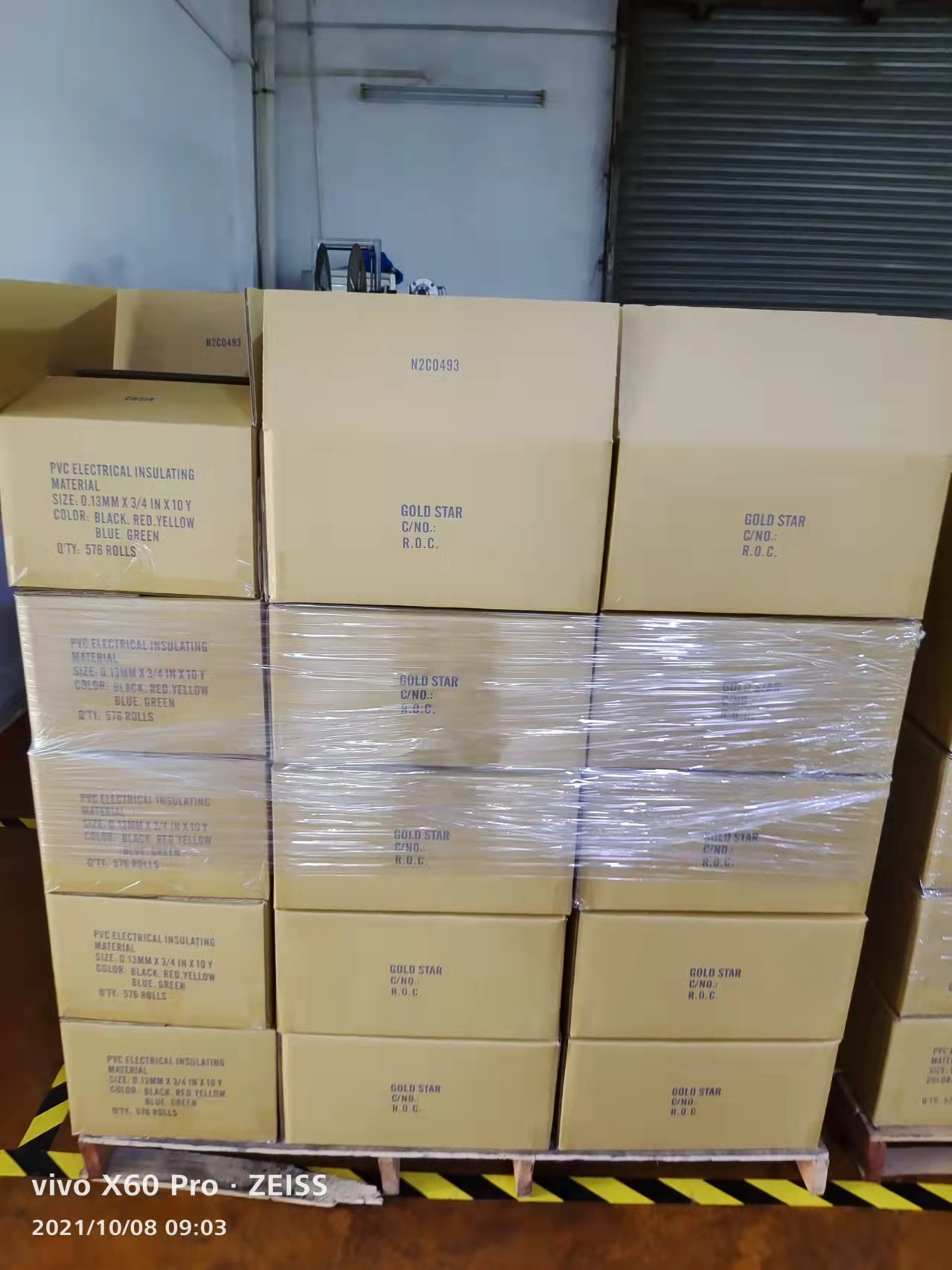The Efficacy of Rubber Tape in Stopping Water Leaks
Water leaks can cause significant damage to homes and buildings, leading to costly repairs and mold growth if not dealt with promptly. One of the most innovative and effective solutions that have emerged in recent years is rubber tape. This versatile tool has gained popularity among homeowners and DIY enthusiasts alike, and for good reason. In this article, we will explore how rubber tape can effectively stop water leaks and the advantages it offers over traditional methods.
Understanding Rubber Tape
Rubber tape, often referred to as self-fusing silicone tape, is a type of adhesive tape designed to form a waterproof seal. Unlike standard adhesive tapes, rubber tape does not contain a separate adhesive. Instead, it relies on the unique properties of silicone or rubber to bond to itself when stretched and wrapped around an object. This feature allows it to create a strong, seamless barrier against water, making it an ideal solution for various water leakage issues.
Applications of Rubber Tape
Rubber tape can be employed in a multitude of scenarios where water leaks might occur. Whether it's a leaky pipe, a damaged hose, or even a crack in the foundation, rubber tape can provide a quick and effective fix. Its flexibility and strength make it suitable for both indoor and outdoor environments. For instance, garden hoses often experience wear and tear that can lead to leaks. A simple wrap of rubber tape can extend the life of the hose and prevent water loss.
In addition to hoses and pipes, rubber tape is also beneficial for sealing gaps in roofs and windows. If there are small leaks due to aging materials, applying rubber tape can be a temporary solution until a more permanent fix can be made. Its weather-resistant properties ensure that it can stand up to the elements, providing peace of mind during rainy seasons.
rubber tape to stop water leaks

Advantages of Using Rubber Tape
One of the most significant advantages of rubber tape is its ease of use. Even individuals with little or no handyman experience can effectively apply it. Simply clean the surface where the leak is present, stretch the rubber tape, and wrap it around the affected area. Due to its self-fusing nature, it quickly adheres to itself, creating a watertight seal without the need for messy adhesives or complicated tools.
Another benefit of rubber tape is its durability. It is designed to withstand extreme temperatures, UV rays, and moisture, making it suitable for various climates and conditions. This resilience translates to long-term savings, as it can prevent the need for frequent repairs or replacements in the future.
Moreover, rubber tape is a cost-effective solution for stopping leaks. Traditional methods of repair often involve professional services, which can be expensive. In contrast, a roll of rubber tape is relatively inexpensive and can be kept on hand for emergencies, allowing homeowners to tackle minor leaks as they arise without incurring high costs.
Conclusion
In conclusion, rubber tape is an effective, versatile, and affordable solution for addressing water leaks in a variety of settings. Its self-fusing properties make it easy to apply and highly effective in creating a waterproof seal. As more homeowners seek DIY solutions to common problems, rubber tape stands out as a reliable option that can save time, money, and prevent further damage from leaks. Whether you're dealing with a leaky hose, pipe, or roof, rubber tape is an excellent addition to any homeowner's toolkit. So the next time you find yourself faced with a water leak, consider reaching for rubber tape as your first line of defense. It might just be the quick fix you need to protect your home from water-related woes.
-
XIANGFAN Rubber Tape-Ultimate Solutions for All Your Insulation NeedsNewsJun.24,2025
-
XIANGFAN Rubber Tape-Protection for Industrial and Residential ApplicationsNewsJun.24,2025
-
XIANGFAN Rubber Tape: Superior Safety and Sealing for Demanding EnvironmentsNewsJun.24,2025
-
XIANGFAN Rubber Tape: Reliable Solutions for Every Electrical ChallengeNewsJun.24,2025
-
XIANGFAN Electrical & Industrial Tape: Powering Reliability Across IndustriesNewsJun.24,2025
-
XIANGFAN Electrical & Industrial Tape: Excellence in Every ApplicationNewsJun.24,2025
